A multi-disciplinary team of US Forest Service employees recently gathered for several days at Gooseneck Lake, thirty-three miles northeast of Rapid River, to help Hiawatha National Forest fisheries biologists install forty “fish cribs” on the ice.
“When the ice melts in the spring, the log crib structures will sink to the bottom where they will increase cover and habitat for aquatic organisms,” said Luke Langstaff, a fisheries biologist with Hiawatha National Forest.
Fish cribs are log structures designed to provide increased cover and habitat to many aquatic organisms by adding to the naturally occurring “large woody material” (or “LWD”) such as fallen trees. As plants and animals begin to utilize the new habitat, the Gooseneck Lake food chain will benefit. Invertebrates will feed on the new algae, attracting forage fish, and those forage fish will attract predatory game fish species. To see photos of the project, check out our Flickr album: https://flic.kr/s/aHBqjzGBtr
According to fisheries biologist Eric Miltz-Miller, “Improved habitat benefits not only the fish – it also means anglers have a better opportunity to catch a variety of fish species.”
In June 2021, 139-acre Gooseneck Lake was stocked with 5,250 fingerling walleye by the Michigan DNR. 2021 surveys found other fish in the lake including northern pike, largemouth bass, smallmouth bass, pumpkinseed sunfish, bluegill, rock bass, and brown bullhead.
Planning and timber delivery were done in the autumn of 2021. When crib building began in February 2022, logs were loaded using a skid steer onto snowmobiles hauling sleighs, which transported supplies onto the frozen lake where team members constructed the cribs. Construction took eight days, thanks to the efficiency and skill of the team.
According to Miltz-Miller, there is a science to deciding which lakes could most benefit from installation of fish cribs.
“We use data and surveys regarding fish species and biomass, along with historical LWD data, to determine which sites can benefit from fish cribs,” he said, adding that the Hiawatha fisheries team anticipates using SCUBA gear, cameras, and surveys to measure the benefits of the Gooseneck Lake fish cribs.
Hiawatha National Forest’s lakes were deprived of large woody debris due to intense deforestation beginning in the late 1800s. Addition of cribs is just one of several ways that the U.S. Forest Service works to improve National Forest ecosystems and watersheds. In 2023 the Hiawatha National Forest fisheries program will be installing fish cribs in Round and Cookson Lakes. Installation of fish cribs on Fish Lake is tentatively planned for 2024.
“This project was funded by the Great Lakes Restoration Initiative (GLRI),” said Langstaff, “which was launched in 2010 to accelerate efforts to protect and restore the largest system of fresh surface water in the world.”
Federal agencies and their partners use GLRI resources to strategically target the biggest threats to the Great Lakes and accelerate progress toward long-term restoration goals for this important ecosystem.
For more information about Gooseneck Lake, reserving campsites on the lake, or the overall management of Hiawatha National Forest, please visit our webpage (https://www.fs.usda.gov/hiawatha) contact the local District Office.


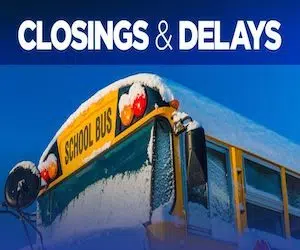




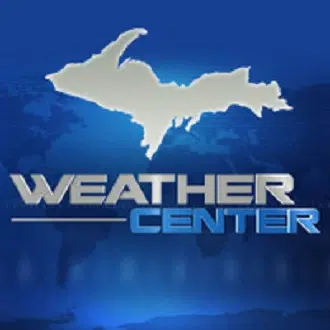



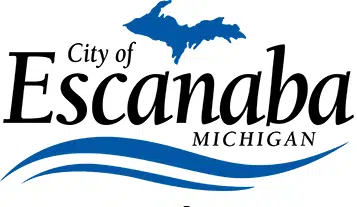
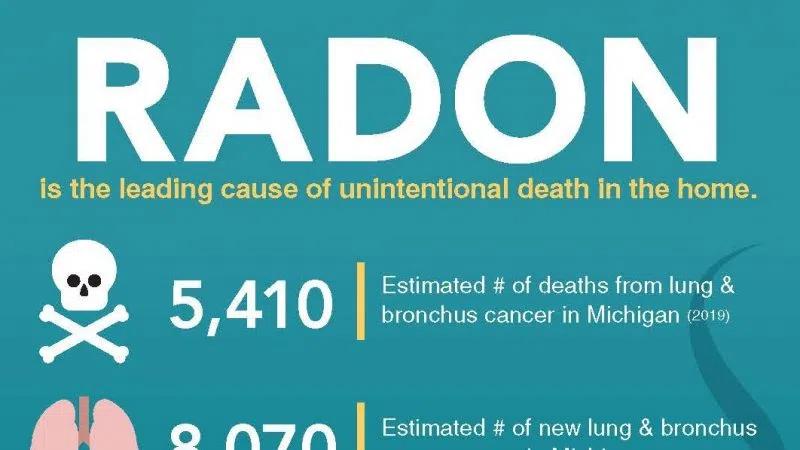

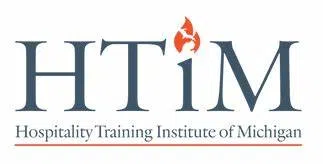
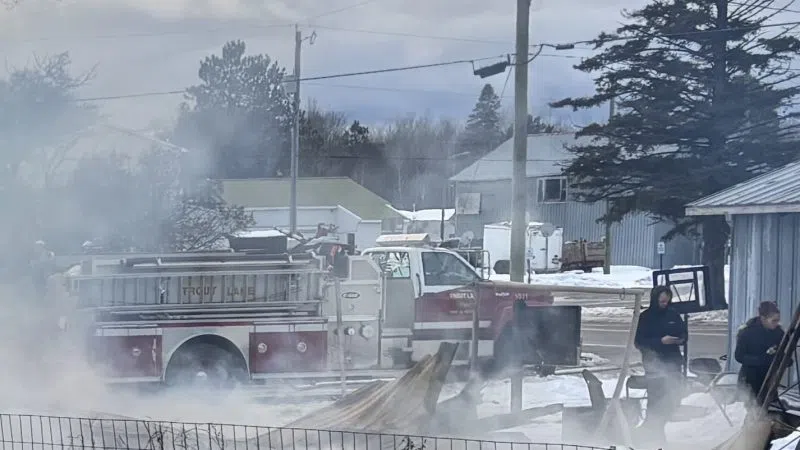
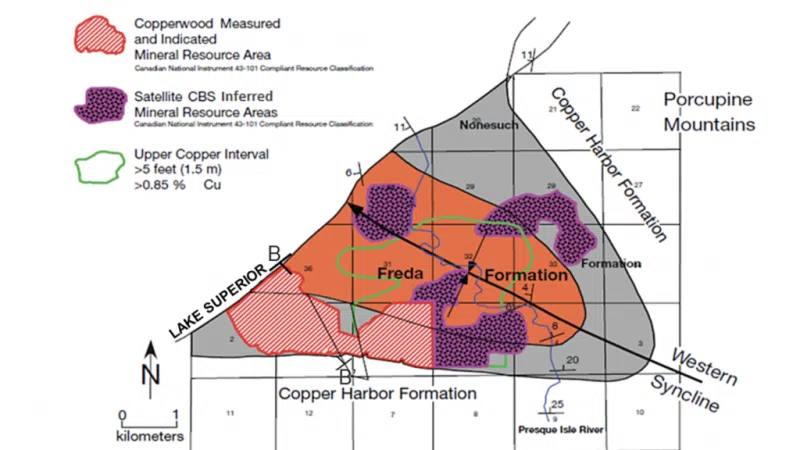

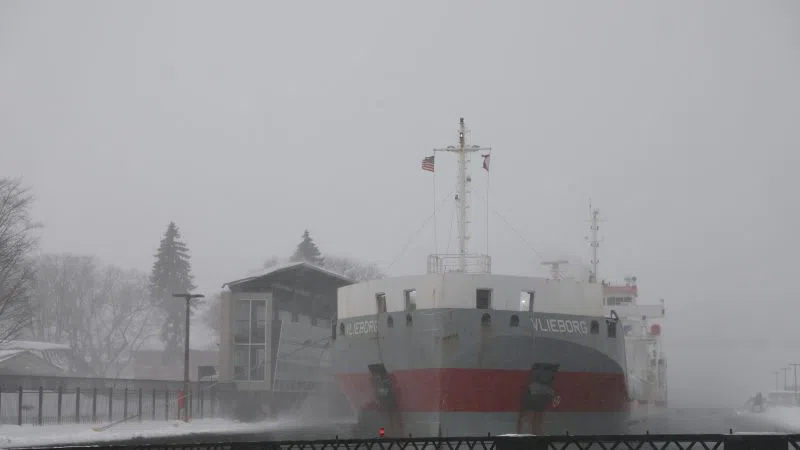



Comments